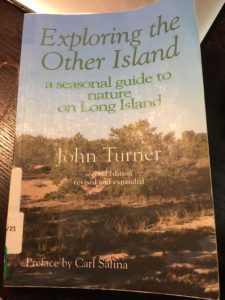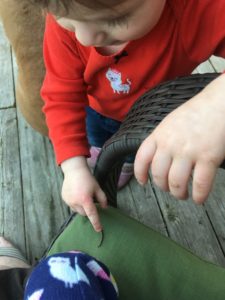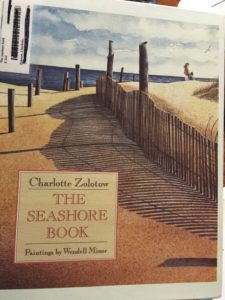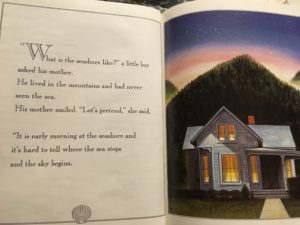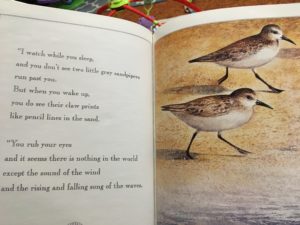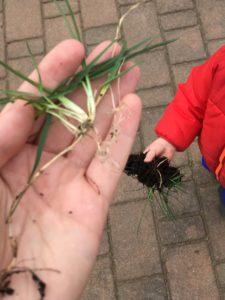I’ve never actually finished a challenge before that I remember (ohai, ADHD), but I keep starting them anyway. Why’s that? Ok, yes, ADHD makes me ever hopeful that the future will be different. But also, even if I don’t finish a challenge, I still did a lot more than I would have without a challenge.
In that spirit, I saw a post on Facebook about the 1,000 Hours Outside challenge. Now I’m not crazy enough to think that I’m going to get 1,000 hours outside from this pretty pathetic starting place. But I can shoot for 500 hours, which is also still a very ambitious goal for me, almost 1.5 hours outside a day.
Honestly, I thought about aiming for 250, less than 1 hour a day. In fact, that’s how I structure my Goodreads Reading Challenge. I know I read a lot of books, but I’m not very competitive. I get my happy hit of dopamine every time I see that my Challenge is “complete!” even if it’s complete in June (which it usually is). I purposely set my goal very low based on my prior reading habits because who knows what unexpected life event might happen and set me off course? I would feel bad about myself if I had to lower the number, and I know I’m made just as happy by the challenge being complete “early.” In fact, I might be more happy because I love seeing things checked off and done, and I might have that nagging feeling of incompleteness if I had to keep chugging away at my challenge until November or December. I love seeing my progress as more than 100%. It also helps that I know my “low” number is a very high number for the average American: 100 books a year. Even my low goal is respectable and even praiseworthy, which helps. Everything beyond that is gravy, even though internally I know I’m “really” expecting to read around 230 books. But I don’t have to feel that pressure if I don’t want to, you know what I mean?
So I thought really hard about setting my goal for 250 hours. It felt doable. But my progress isn’t being publicly shown anywhere (as far as I can tell – in fact, I’m not sure how I’ll track the total myself), so the internal goal is really the only one I’m dealing with. So I decided to aim for 500. Shoot for the moon and you’ll at least land in the stars, right? That’s not shooting for the moon for many people, but from my perspective that feels like the moon! If I do really well, then I can reassess my goals in the summer.
I’m tracking my hours the technological way because ADHD sometimes makes time feel amorphous, and I can easily lose track of time outside. A commenter recommended using the MapMy Walk app, and that’s been working very well for me. One button to start, then end it, and it’s all saved for me.
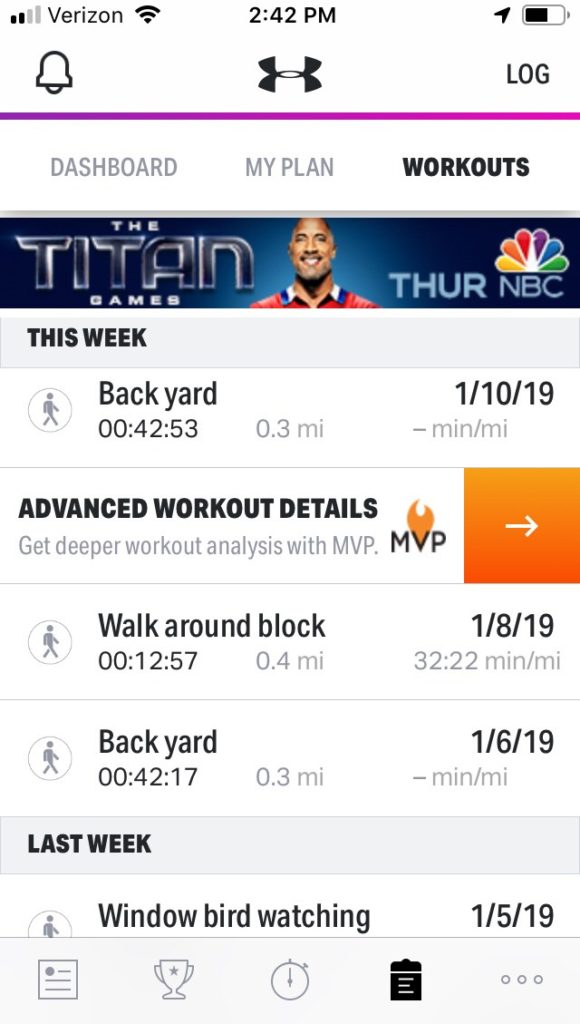
That’s not an amazing record, but you know what? It’s a lot more than I was doing before. I hate the cold, and we’re sick yet again. I’m particularly proud of the walk around the block because we were running errands when my tire suddenly lost air and we needed to return home (and go to the mechanic the next day). I parked the car, and said, “Ya know what? Let’s take a walk around the block even though it’s nearly dark (yay 5pm in winter).” We did. Just four right turns walking on the sidewalk, less than 13 minutes. In my book, that was a major victory. My natural response was to say, “should we play upstairs or downstairs?” and instead, I said, “let’s take a walk.” Talk about neuroplasticity and changing habitual thought patterns! It can be done.
10 hours a week feels impossible right now in mid-winter, but I know I’ll make up some of those hours in the spring, summer, and fall. I don’t really look at this as a daily goal as much as the yearly goal. Right now, I can’t even see it as a daily or monthly goal, but maybe that’ll feel more natural as I develop different habits. Right now, it’s just looking for the next 5 minutes toward my goal. Honestly, it’s really “let’s just put on our coats.”
Today, I again challenged my habitual thought patterns. The baby got up from her nap, and I said, “you know what? Let’s go outside instead of playing inside until lunch.” It was cold, very cold. But we went outside. And we stayed out there as long as I could muster, and no one was as surprised as me to discover that we’d been outside over 40 minutes!
My goal had just been “get dressed and go out that door.” Everything else was gravy.
It was “just” our back yard. And “just” 40 minutes, about half my so-called “daily” goal. And I “just” walked around, picking up dog poop (the glamour people don’t usually post on social media).
So maybe you don’t think you’re ready for 1,000 Hours Outside. I’m not. But maybe you’re ready to do something more than you’re doing now. What would that look like? What’s the first step you can take today toward that goal?
You can even phrase it as a value rather than a goal, especially if you have a bad track record with goals like I do. Having unstructured outdoor time is something I value. I want to live true to my values, so what can I do to get outside that door today? Even if that means 15 minutes getting everyone dressed and 5 minutes in the back yard. That’s a win. Really. A big win! Or even my prior goal (and kind of still a goal today, honestly): walking out the door. Even if it is to the car for an errand, or just walking to the mailbox on particularly challenging days.
